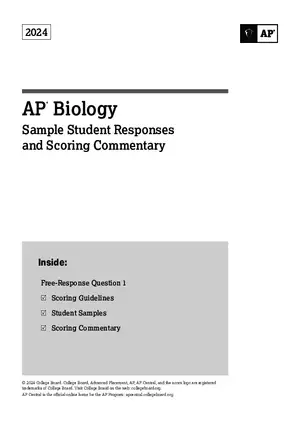Lecture Note
Gene Cloning and Biotechnological Applications
-
University:
Augusta University -
Course:
BIOL 1108 | Principles Of Biology II Academic year:
2025
-
Views:
92
Pages:
2
Author:
customer-8232939
Related Documents
- Honors Chemistry
- Worksheet Shoot the Monkey
- Unit A - The Endocrine System
- Biologists - Key Contributions & Achievements
- Chromosome Disorders
- A5: Making Ice
- Linear Regression Line & Correlation Coefficient
- The Adolescent Brain: A Work in Progress
- Student Exploration: Cell Types
- Meiosis Webquest
- Expository Essay
- Senior Project Reflection
Gene Cloning and Biotechnological Applications


Recommended Documents
New Documents from this Course
Report
Tell us what’s wrong with it:
Thanks, got it!
We will moderate it soon!
Report
Tell us what’s wrong with it:
Free up your schedule!
Our EduBirdie Experts Are Here for You 24/7! Just fill out a form and let us know how we can assist you.
Take 5 seconds to unlock
Enter your email below and get instant access to your document

